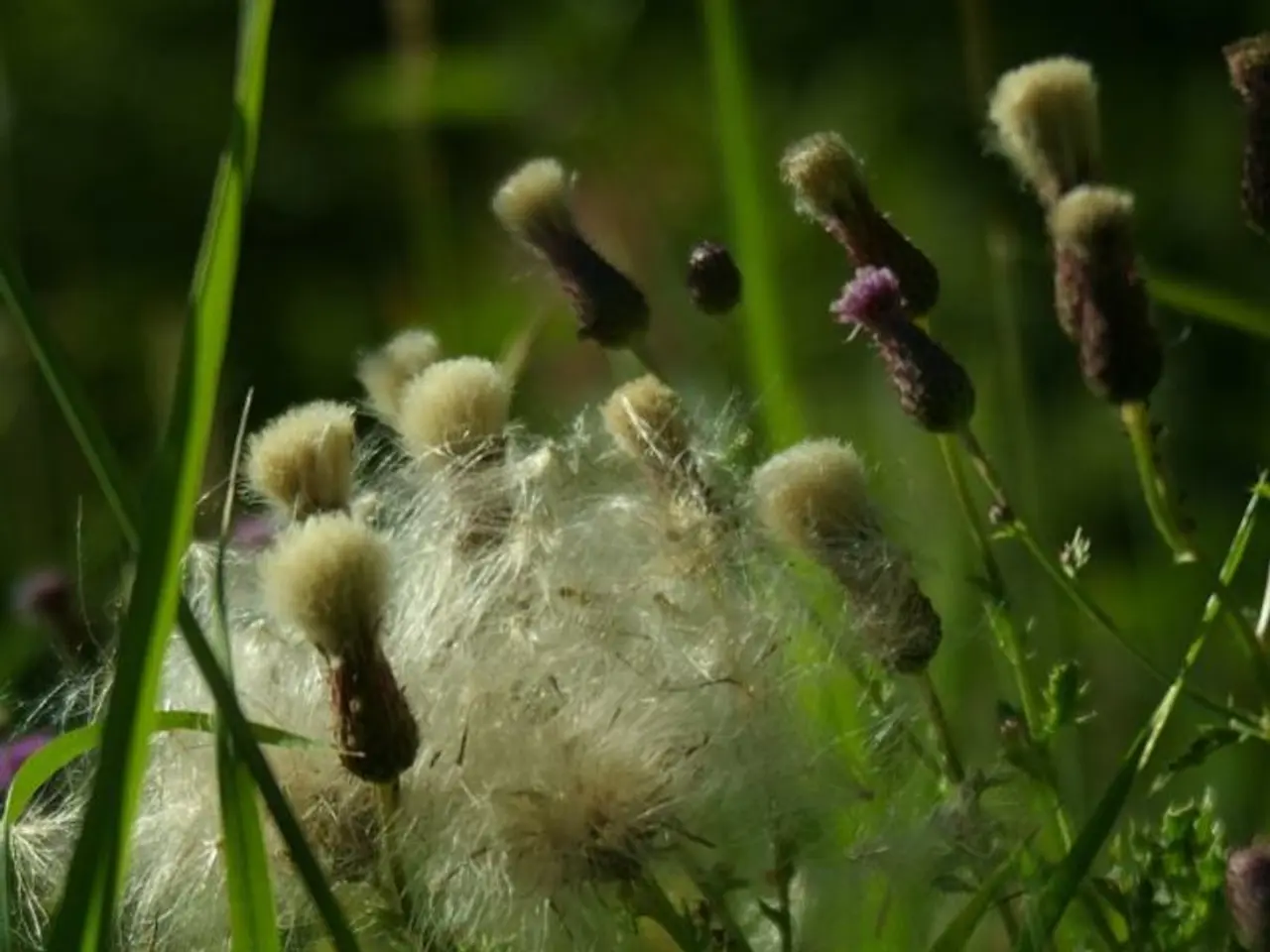Gardening Problems and Solutions Uncovered
In the world of gardening, no two plots are alike. Each presents its unique set of challenges, from pest attacks to poor soil quality. However, with the right strategies, gardeners can manage and overcome these obstacles, fostering healthier, more productive plants.
Pest Attacks
Smart, safe pest management is key. Cover plants with row covers to prevent egg-laying, hand-pick pests like hornworms and larvae, encourage natural predators like ladybugs and parasitic wasps, use traps, and apply horticultural oils, soaps, or biological controls like Bacillus thuringiensis (Bt) and neem oil where appropriate.
Poor Soil Quality
Improve soil by adding organic matter such as compost or well-rotted manure, ensure proper fertilization tailored to plant needs, and practice crop rotation to reduce soil-borne diseases and nutrient depletion.
Weeds
Use mulch to suppress weeds, regularly remove weeds manually, and maintain plant spacing that reduces weed establishment by shading soil, such as planting lettuce near tomatoes.
Watering Issues
Ensure consistent and appropriate watering; container gardens require more frequent watering due to faster evaporation, ensure good drainage to prevent root rot, and avoid overwatering to prevent fungal diseases.
Extreme Weather Conditions
Mitigate damage by providing shade during extreme heat (e.g., shade cloths), using windbreaks, planting resistant varieties, and protecting plants with row covers during cold or frost.
Insufficient Sunlight
Choose shade-tolerant plants or locate gardens to maximize available light; interplant taller with shorter crops to optimize sunlight exposure without overcrowding.
Spread of Diseases
Practice crop rotation, remove plant debris after harvest, space plants to improve air circulation and reduce humidity, avoid wetting foliage during watering, start seeds in sterilized media, and use disease-resistant varieties.
Lack of Space
Use container gardening with attention to adequate space per plant; avoid overcrowding to reduce competition and disease risk; vertical gardening can optimize limited space.
Growing Too Many Plants
Avoid overcrowding by knowing the space requirements of each crop; plant fewer plants per container or bed to prevent nutrient and water competition and reduce pest/disease vulnerability.
In addition to these strategies, consider using reflective surfaces like white gravel or light-colored containers to maximize available light. Promote airflow around plants by spacing them adequately and avoiding overhead watering. Using disease-resistant plant varieties and applying organic fungicides or biological control agents can further help manage and prevent diseases.
Remember, happy gardening and reap the rewards of your gardening efforts!
[1] Pests and Diseases in the Garden (2021). University of Illinois Extension. https://web.extension.illinois.edu/cfivt/pests-and-diseases-in-the-garden/
[2] Soil Testing and Amendments (2021). Cornell University Cooperative Extension. https://extension.cornell.edu/soil-testing-and-amendments/
[3] Organic Pest Control (2021). University of California Agriculture and Natural Resources. https://ucanr.edu/sites/PestManagement/Organic_Pest_Management/
[4] Companion Planting (2021). Royal Horticultural Society. https://www.rhs.org.uk/advice/profile?pid=443
[5] Container Gardening (2021). University of Minnesota Extension. https://extension.umn.edu/container-gardening/
Given the text, here are two sentences that incorporate the words 'lifestyle', 'home-and-garden', and 'gardening':
- Cultivating a sustainable home-and-garden lifestyle through gardening helps promote healthier living and a closer connection with nature.
- Embracing a gardening hobby can significantly improve personal well-being, providing a rewarding home-and-garden lifestyle filled with growth and positivity.




